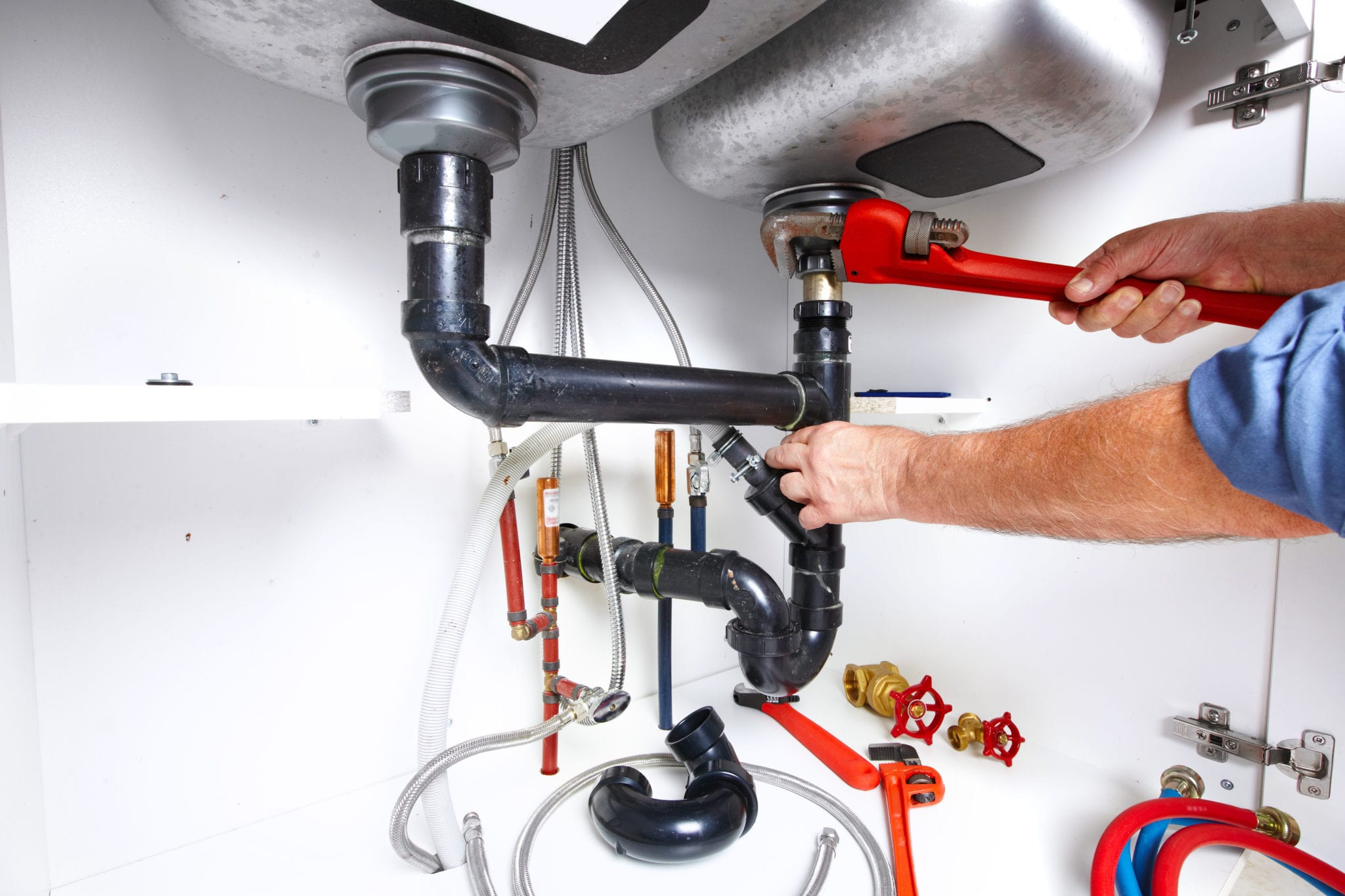Everyone may have his or her own rationale with regards to Top leak detection hacks.

Early detection of leaking water lines can reduce a potential calamity. Some little water leaks may not be noticeable.
1. Analyze the Water Meter
Every home has a water meter. Examining it is a surefire manner in which assists you find leakages. For beginners, switch off all the water sources. Make certain nobody will purge, use the faucet, shower, run the washing maker or dishwasher. From there, go to the meter and also watch if it will alter. Considering that no one is using it, there must be no activities. That shows a fast-moving leakage if it relocates. If you detect no adjustments, wait a hr or 2 and also check back once again. This implies you may have a slow leakage that might even be below ground.
2. Check Water Consumption
If you detect abrupt changes, in spite of your usage being the same, it implies that you have leakages in your plumbing system. An abrupt spike in your costs indicates a fast-moving leak.
A consistent increase every month, even with the exact same habits, reveals you have a slow-moving leak that's also slowly rising. Call a plumber to thoroughly check your property, particularly if you feel a warm area on your floor with piping underneath.
3. Do a Food Coloring Examination
When it comes to water intake, 30% comes from commodes. If the shade somehow infiltrates your bowl throughout that time without flushing, there's a leak in between the container as well as bowl.
4. Asses Exterior Lines
Don't forget to inspect your outside water lines as well. Test faucets by affixing a yard pipe. Should water permeate out of the link, you have a loose rubber gasket. Change this and make sure all links are tight. If you have actually obtained a sprinkler system, it will help get it properly checked out as well as preserved yearly. One small leakage can throw away lots of water and also increase your water bill.
5. Evaluate and Evaluate the Circumstance
Home owners need to make it a behavior to examine under the sink counters and also even inside closets for any type of bad odor or mold and mildew development. These two warnings indicate a leakage so punctual attention is needed. Doing regular examinations, also bi-annually, can conserve you from a significant trouble.
If you know your home is already old, keep a watchful eye on your heating systems, hose pipes, pipelines etc. Check for discolorations and deteriorating as a lot of home appliances as well as pipelines have a life span. They will certainly additionally naturally degrade because of tear as well as use. Don't wait for it to escalate if you presume leaking water lines in your plumbing system. Call a specialist plumber today so you don't wind up with an awful mess in your house.
Early detection of dripping water lines can reduce a prospective catastrophe. Some small water leaks may not be visible. Examining it is a guaranteed means that assists you uncover leakages. One little leak can lose loads of water and also increase your water costs.
If you suspect dripping water lines in your plumbing system, don't wait for it to rise.
WARNING SIGNS OF WATER LEAKAGE BEHIND THE WALL
PERSISTENT MUSTY ODORS
As water slowly drips from a leaky pipe inside the wall, flooring and sheetrock stay damp and develop an odor similar to wet cardboard. It generates a musty smell that can help you find hidden leaks.
MOLD IN UNUSUAL AREAS
Mold usually grows in wet areas like kitchens, baths and laundry rooms. If you spot the stuff on walls or baseboards in other rooms of the house, it’s a good indicator of undetected water leaks.
STAINS THAT GROW
When mold thrives around a leaky pipe, it sometimes takes hold on the inside surface of the affected wall. A growing stain on otherwise clean sheetrock is often your sign of a hidden plumbing problem.
PEELING OR BUBBLING WALLPAPER / PAINT
This clue is easy to miss in rooms that don’t get much use. When you see wallpaper separating along seams or paint bubbling or flaking off the wall, blame sheetrock that stays wet because of an undetected leak.
BUCKLED CEILINGS AND STAINED FLOORS
If ceilings or floors in bathrooms, kitchens or laundry areas develop structural problems, don’t rule out constant damp inside the walls. Wet sheetrock can affect adjacent framing, flooring and ceilings.
https://www.servicemasterbyzaba.com/blog/how-to-detect-water-leakage-in-walls/

Do you enjoy reading up on Top leak detection hacks? Write a short review down the page. We'd be interested to hear your reactions about this blog posting. We hope that you come back again in the near future. Sharing is good. You never know, you could be doing someone a favor. Thanks a lot for your time spent reading it.